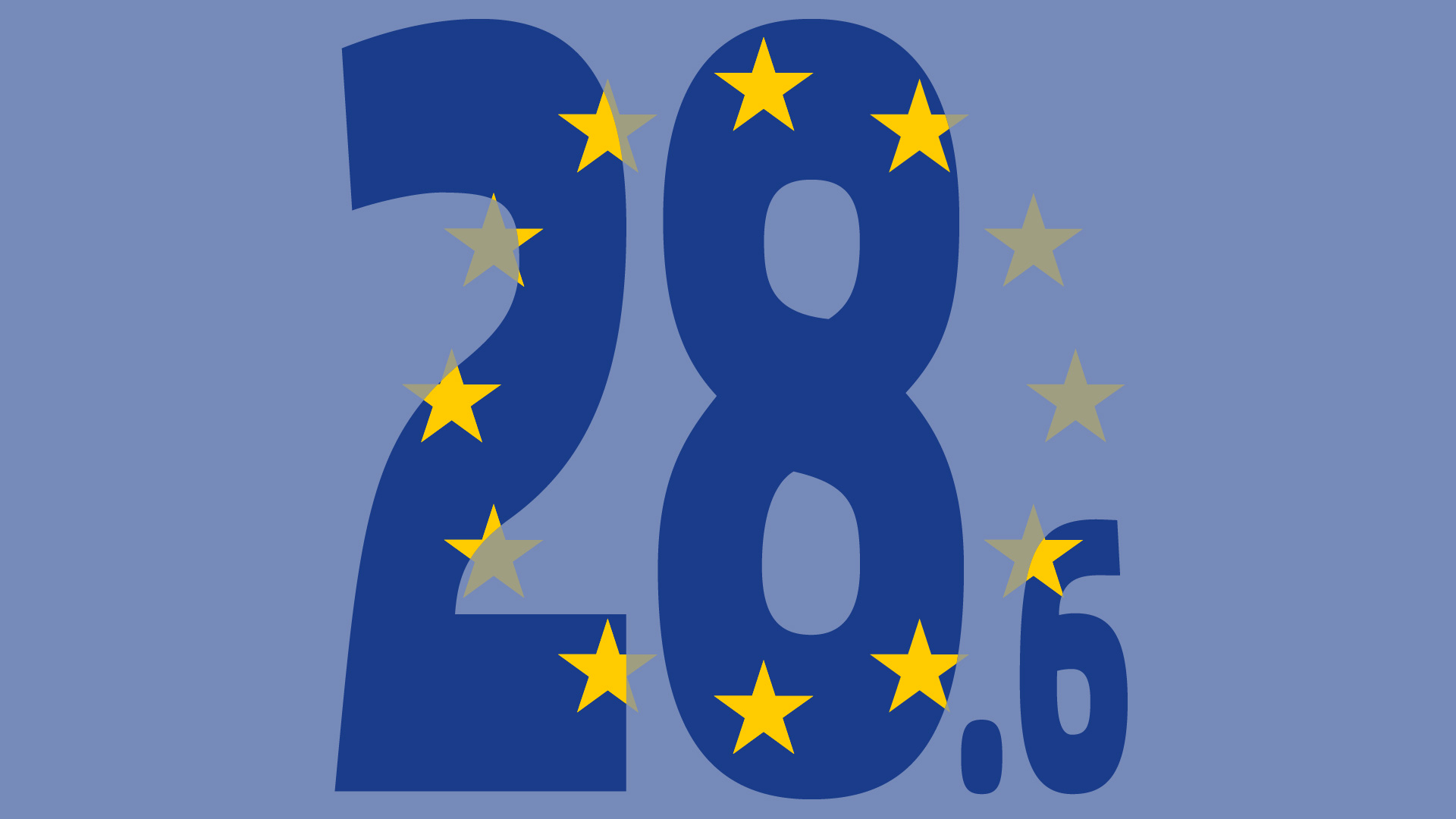-
As of 2015, renewable energies are Europe’s dominant power source, with a 29 percent share of the power mix.
Nuclear power comes in second with 27 percent, coal (hard coal and lignite) amount to 26 percent. Among RES, wind power increased significantly by more than 50 terawatt hours to 307 terawatt hours in total. Hydropower produced much less due to less precipitation.
-
Three key trends in European power production have emerged in 2010-2015: gas and nuclear power are losing ground, renewables are on the rise while coal is in 2015 back on 2010 levels.
From 2010 to 2015, gas demand fell by more than a third, while renewables increased by 35.9 percent. Nuclear power production decreased slightly (-6.3 percent) and, following a slight decrease in 2014, coal (hard coal and lignite) returned to the 2010 level in 2015.
-
CO₂ emissions in the European power sector increased in 2015 by 2 percent. They could be lower by some 100 million tonnes if the decline in fossil power production since 2010 had been coal instead of gas.
The average price of a tonne of CO2 in 2015 was 7.60 euros, which leads to coal-fired power plants having lower marginal costs than gas-fired power plants. Coal therefore outcompetes gas throughout Europe, which has resulted, for example, in the high coal power exports in 2015 from Germany to its neighbours.
-
Outlook: Four major developments will probably characterise 2016: more RES, less coal, less consumption and lower CO₂ prices.
Additional capacity in mainly the onshore and offshore wind energy sector will increase RES production by another 50 terawatt hours. The carbon floor price in the UK, yielding a CO2 price signal of some 30 euros per tonne, will push out coal in the UK in favour of gas. Further efficiency developments and the relatively mild winter will lower power consumption. The demand for CO2 allowances will therefore decrease, leading to lower CO2 ETS prices in 2016 than in 2015.
Energy transition in the power sector in Europe: state of affairs in 2015
Review of the developments and outlook for 2016

Preface
The energy transition – the transformation of the power sector from a fossil-based to a decarbonised world with renewables at the centre – is a joint European project. The power sector will play a crucial role in attaining the European climate targets, which aim to cut greenhouse gases by at least 40 percent by 2030 compared with 1990. In this analysis, we present the state of affairs in the European power sector in 2015. Where are we coming from? Where do we stand today? These are the two key issues that need answering. Key topics include power generation, power
consumption, emissions and prices. Overall, it is clear that the current power system is not yet fully equipped to deal with the main challenges ahead: securing power supply at a reasonable price with as little emissions as possible.
However, Europe is on the right path: more than a quarter of the electricity produced already comes from renewable energy sources.
This paper is mainly based on data retrieved from ENTSO-E and Eurostat. The data is still preliminary in nature or incomplete, which is often the case when it comes to European statistical data. We would therefore be glad to receive feedback and comments as to better data sources or methods concerning the available data sets.
Key findings
Bibliographical data
Downloads
-
pdf 864 KB
Energy Transition in the Power Sector in Europe: State of Affairs in 2015
Review of the Developments and Outlook for 2016



